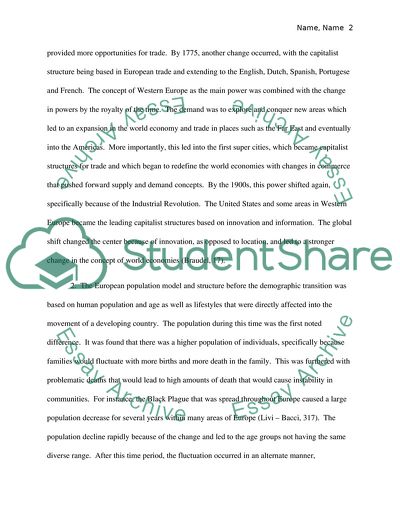Cite this document
(“Economic History Assignment Example | Topics and Well Written Essays - 1500 words”, n.d.)
Economic History Assignment Example | Topics and Well Written Essays - 1500 words. Retrieved from https://studentshare.org/history/1741928-economic-history
Economic History Assignment Example | Topics and Well Written Essays - 1500 words. Retrieved from https://studentshare.org/history/1741928-economic-history
(Economic History Assignment Example | Topics and Well Written Essays - 1500 Words)
Economic History Assignment Example | Topics and Well Written Essays - 1500 Words. https://studentshare.org/history/1741928-economic-history.
Economic History Assignment Example | Topics and Well Written Essays - 1500 Words. https://studentshare.org/history/1741928-economic-history.
“Economic History Assignment Example | Topics and Well Written Essays - 1500 Words”, n.d. https://studentshare.org/history/1741928-economic-history.


